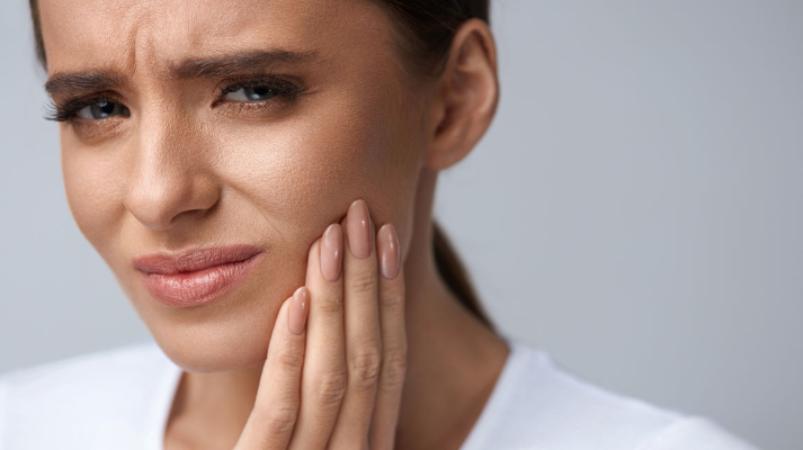
Cavendish Osteopaths has a long tradition in helping patients with TMD's. We work closely with dentists, facio-maxillary surgeons and orthodontic specialists to provide the highest quality and most effective clinical care. Our treatment approach combines integrative Osteopathic treatment techniques both structural and cranio-sacral. Where necessary we will use specialist imaging and other diagnostic tests to assist with our treatment protocols. It is for these reasons that Cavendish Osteopaths are the Osteopaths of choice for many specialists and patients dealing with TMD's. To find out if we can help your TMD please telephone 0207 846 0148 or visit our contact page HERE
The temporomandibular joint (TMJ) is the joint that connects the jaw to the temporal bones of the skull. Temporomandibular joint disorder, known more commonly as TMD, occurs when there are problems with any combination of the muscles, bones, discs or connective tissues integrating movement to the head, neck and face. Importantly the occlusion of the teeth (the way the upper and lower teeth come together) may play a role in TMD. TMJ disorder means that the hinge connecting the upper and lower jaw isn’t working properly. The hinge is one of the most complex joints in the body, responsible for moving the jaw forward, backward and side-to-side.
Some of the more common TMD symptoms may include:
-
Pain in the face jaw or ear
-
Clenching and or grinding (Bruxism)
-
Headaches (often mimicking migraines) pain and pressure behind the eyes.
-
Clicking or popping sounds when opening or closing the mouth.
-
A jaw that gets stuck or locked, may feel out of place.
-
Swelling in the face with tenderness in the jaw muscles.
TMD is a very complex area and the signs and symptoms have an overlap with many other conditions making it a difficult area to diagnose and treat. There is no agreed protocol within the allopathic (clinical) model for treatment. There is no single cure for TMJ, there are different treatments to attempt to reduce symptoms and improve functionality. Osteopathy often in conjunction with dentistry can help. Splint therapy often called a bite plate may provide relief and provide the platform to reduce inflammation and re-educate some of the soft tissue structures around the jaw (Ostedontics), relaxation techniques may also help. Surgery may be required in some cases.
Copyright 2016 Cavendish Osteopaths Ltd. All Rights Reserved

